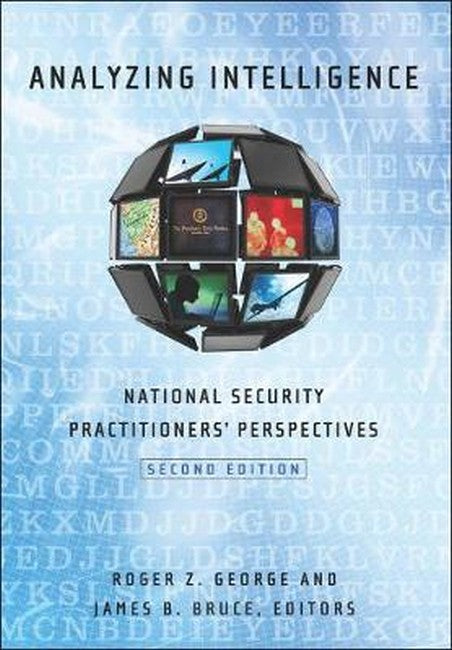Preface1. Intelligence Analysis: What Is It-and What Does It Take?James B. Bruce and Roger Z. GeorgePart I: The Analytic Tradition2. The Evolution of Intelligence Analysis in the US Intelligence CommunityJohn H. Hedley3. The Track Record of CIA AnalysisRichard J. Kerr and Michael Warner4. Is Intelligence Analysis a Discipline?Rebecca Fisher, Rob Johnston, and Peter Clement Part II: The Policymaker-Analyst Relationship 5. Serving the National PolicymakerJohn McLaughlin6. The Policymaker's Perspective: Transparency and PartnershipJames B. Steinberg 7. Serving the Senior Military Consumer: A National Agency PerspectiveJohn Kringen Part III: Diagnosis and Prescription 8. Why Bad Things Happen to Good AnalystsJack Davis9. Making Intelligence Analysis More Reliable: Why Epistemology Matters to IntelligenceJames B. Bruce10. The Missing Link: The Analyst-Collector RelationshipJames B. Bruce Part IV: Enduring Challenges11. The Art of Intelligence and StrategyRoger Z. George12. Foreign Deception and Denial: Analytic ImperativesJames B. Bruce and Michael Bennett13. Warning in an Age of UncertaintyRoger Z. George and James J. Wirtz Part V: Analysis for Twenty-First-Century Issues14. Structured Analytic Techniques: A New Approach to AnalysisRandolph H. Pherson and Richards J. Heuer Jr.15. New Analytic Techniques for Tactical Military IntelligenceVincent Stewart, Drew E. Cukor, Joseph Larson III, and Matthew Pottinger16. Domestic Intelligence AnalysisMaureen Baginski Part VI: Leading Analytic Change17. Building a Community of AnalystsThomas Fingar18. The Education and Training of Intelligence AnalystsMark M. Lowenthal19. Analytic Outreach: Pathway to Expertise Building and ProfessionalizationSusan H. Nelson20. Conclusion: Professionalizing Intelligence Analysis in the Twenty-First CenturyRoger Z. George and James B. Bruce GlossaryContributorsIndex

